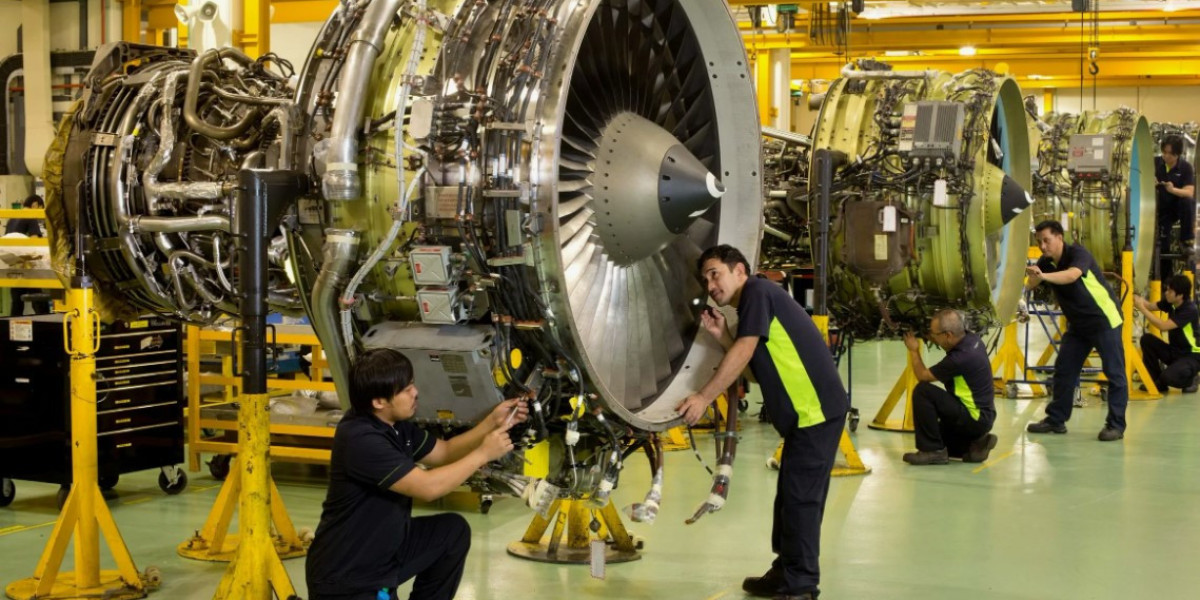Maintaining quality standards in aircraft parts is crucial to ensuring safety, reliability, and efficiency in the aviation industry. The stringent requirements set by regulatory bodies demand that every component undergoes meticulous inspection and compliance checks. Aircraft parts must meet aerospace-grade durability and performance expectations, reducing the risk of failures and extending the lifespan of the aircraft. Understanding how to maintain quality control and adherence to industry standards is essential for manufacturers, suppliers, and maintenance providers alike.
Adherence to Aviation Regulations and Standards
The aerospace industry is governed by several regulatory authorities, including the Federal Aviation Administration (FAA), European Union Aviation Safety Agency (EASA), and the International Civil Aviation Organization (ICAO). Compliance with these bodies ensures that aircraft components meet safety, performance, and operational requirements.
Manufacturers must follow AS9100, ISO 9001, and FAA Part 21 regulations to ensure standardization in aircraft parts manufacturing and maintenance. These standards cover everything from material selection to testing procedures, ensuring that each part is manufactured under strict guidelines. Companies that fail to comply with these requirements may face severe penalties, including revocation of certification and legal consequences.
High-Quality Materials Selection
Aircraft parts must be produced using materials that can withstand extreme conditions such as high temperatures, pressure fluctuations, and exposure to corrosive environments. Titanium, aluminum alloys, composites, and high-strength steels are commonly used in the aerospace industry due to their exceptional strength-to-weight ratio and durability.
Sourcing materials from certified suppliers ensures that components meet industry standards. Materials must also undergo rigorous testing for tensile strength, fatigue resistance, and corrosion resistance before being integrated into aircraft systems. The quality of raw materials directly impacts the performance and longevity of aircraft components, making material selection a critical step in the manufacturing process.
Precision Manufacturing Processes
Aircraft parts are produced using advanced manufacturing techniques, such as Computer Numerical Control (CNC) machining, additive manufacturing (3D printing), forging, and composite layup. These processes ensure high accuracy and repeatability, minimizing variations that could lead to component failure.
Quality control in manufacturing includes:
- Tight tolerances: Every part must conform to precise measurements to ensure proper fit and function.
- Non-destructive testing (NDT): Methods like ultrasonic, radiographic, and magnetic particle inspection help identify internal defects without damaging the component.
- Surface treatment and coatings: Protective coatings, anodization, and corrosion-resistant treatments enhance durability and longevity.
- Environmental control: Strict temperature and humidity regulations in production facilities ensure material stability and consistency.
Comprehensive Inspection and Testing
To maintain quality standards, inspection and testing protocols must be implemented at various stages of production and maintenance. The following quality control techniques are commonly used:
- Visual Inspection: Technicians examine surface defects, cracks, and irregularities.
- Dimensional Inspection: Using Coordinate Measuring Machines (CMMs) and laser scanning technology to verify precise measurements.
- Destructive Testing: Sample components are subjected to stress tests, fatigue cycles, and pressure tests to assess their failure limits.
- Functional Testing: Parts are tested under simulated operational conditions to verify performance before installation.
Traceability and Documentation
One of the fundamental aspects of aircraft part quality control is ensuring full traceability from raw material sourcing to final assembly. Every component must have a documented history that includes:
- Supplier details and material certifications
- Manufacturing batch numbers
- Inspection reports and testing data
- Maintenance and repair history
- Compliance certificates
Implementing a digital tracking system, such as blockchain-based verification or RFID tracking, can significantly improve supply chain transparency and prevent counterfeit parts from entering the market.
Proper Storage and Handling Procedures
Aircraft components must be stored and handled under controlled environmental conditions to prevent damage, contamination, and premature degradation. Storage best practices include:
- Climate-Controlled Warehousing: Regulating temperature and humidity to prevent material deterioration.
- Protective Packaging: Using shock-proof, moisture-resistant, and static-free packaging.
- Inventory Rotation: Implementing First-In-First-Out (FIFO) protocols to prevent parts from exceeding shelf-life limitations.
- Handling Training: Educating personnel on proper handling techniques to minimize the risk of accidental damage.
Training and Certification for Personnel
Ensuring quality in aircraft parts also depends on skilled professionals with specialized training and certifications. Aerospace engineers, quality control inspectors, and maintenance technicians must undergo continuous education and periodic assessments to stay updated with evolving industry standards.
Certifications from organizations like NADCAP (National Aerospace and Defense Contractors Accreditation Program) and FAA-approved training programs enhance workforce competency. Proper training ensures that manufacturing, inspection, and maintenance teams can identify and address potential defects before they impact aircraft safety.
Continuous Improvement and Innovation
Aerospace companies must embrace continuous improvement strategies such as Lean Manufacturing, Six Sigma, and Total Quality Management (TQM) to optimize quality control. These methodologies help identify inefficiencies, reduce waste, and improve overall product reliability.
The integration of Artificial Intelligence (AI) and Machine Learning (ML) in quality control systems is revolutionizing defect detection and predictive maintenance. By analyzing vast amounts of production and operational data, AI can identify patterns that indicate potential failures, allowing for proactive intervention before issues escalate.
Collaboration with Trusted Suppliers and Partners
Quality assurance extends beyond in-house processes to include collaboration with reliable suppliers and logistics partners. Establishing long-term relationships with certified vendors ensures that only genuine, high-quality aircraft parts enter the supply chain.
Supplier audits and third-party quality assessments help verify compliance with aviation standards. Working with approved distributors also reduces the risk of acquiring counterfeit or substandard components.
Final Thoughts
Maintaining quality standards in aircraft parts is a non-negotiable aspect of aviation safety and performance. From regulatory compliance and material selection to manufacturing precision and rigorous testing, every step in the supply chain plays a vital role in ensuring component reliability. By integrating advanced technologies, skilled personnel, and strategic supplier partnerships, aerospace companies can uphold excellence in aircraft component quality, ensuring the safety of air travel for years to come.








